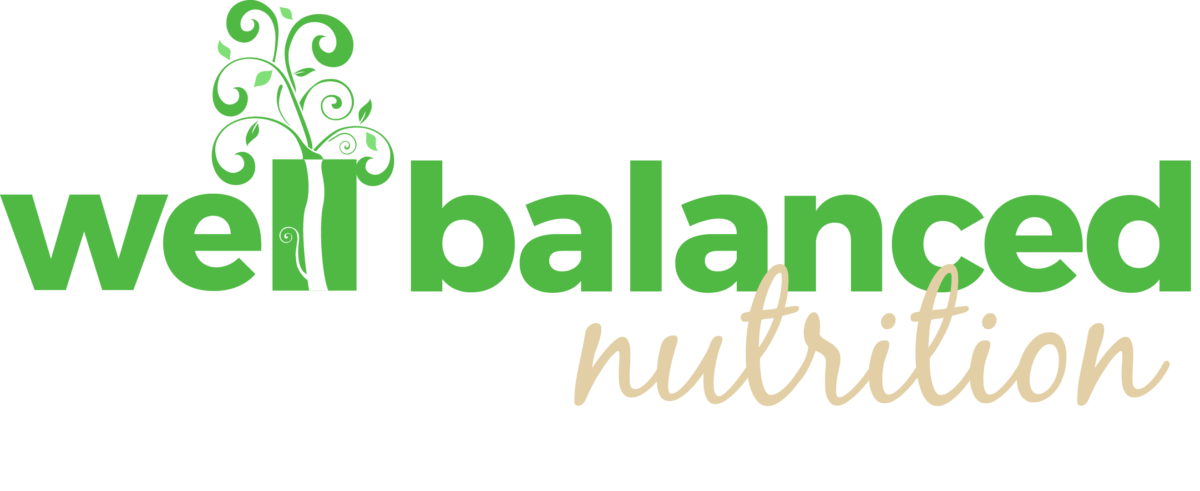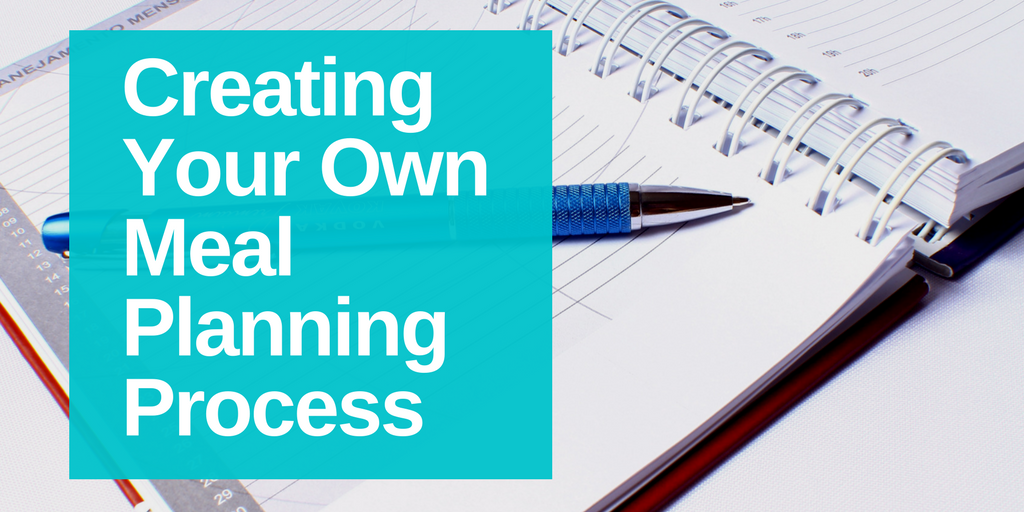
by Lucy | Mar 11, 2018 | Meal Planning, Well Balanced Wisdom
In March, we are delving into the subject of meal planning by breaking it down into a series of blog posts. Last week, you learned the significant differences between a done-for-you meal plan and the process of meal planning.
Meal planning on your own terms will help you build a sustainable habit that supports Well Balanced eating in the long run. No process is perfect and creating one that fits your needs is key. To do this, you have to jump in and go for it, learning and adapting to what you need along the way. Here are some things to keep in mind as you dive in.
Be flexible. Know it’s good to have a plan, and it’s okay to make a different choice at the last minute. Don’t beat yourself up for this. Trust that you can make a wise decision, even if it’s not quite what you planned.
Start simple. Healthy eating doesn’t need to be complicated or fancy. Pick a protein-rich food, a veggie (or two) and a complex carbohydrate. Round it out with a bit of your favorite healthy fat and call it a day. Combination meals, like chili, come in handy because they can include all this in one dish.
Jazz it up on the weekends. Have a little fun, try a new recipe or make your favorite fancy meal when there is extra time. While you are at it, make double the amount you need so the leftovers can last through the week or go in the freezer for another time.
Build off what you have. Take stock of what is in your refrigerator, freezer, and pantry. What can you add to your inventory to make a Well Balanced meal? Have canned beans, tomatoes and tomato sauce? Pick up the rest of the ingredients for chili.
Get inspired by the season. A stroll through the Farmer’s Market gives Lucy the inspiration she needs for a meal. Farmers often have great ideas and tips for cooking with veggies. Whether trying a new veggie or looking for a new way to enjoy a staple, ask your friendly farmer.
Go with what’s on sale. When you need to follow a budget, let the sales guide you. Are strawberries on sale? Load a bunch in your cart and think outside of the box to incorporate them in creative ways. A quick search online can help.
Food for thought: What do you need most when it comes to a meal planning process that will work for you?
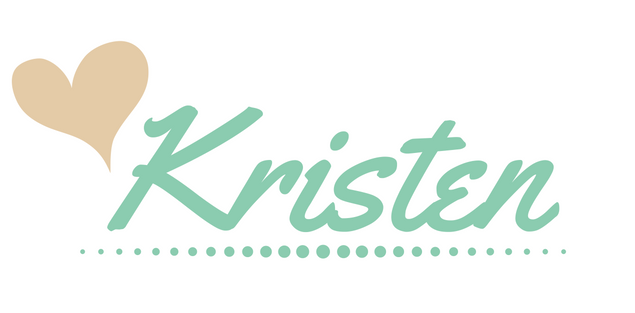
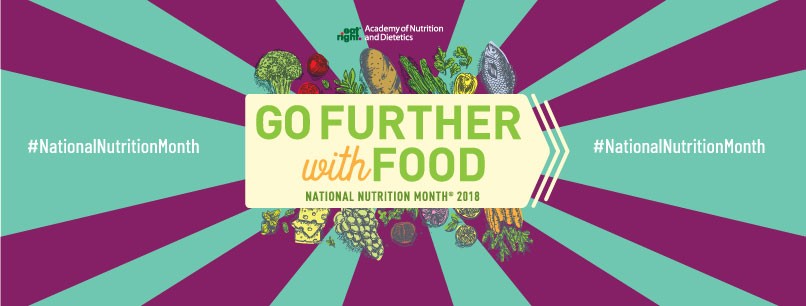
by Lucy | Mar 4, 2018 | Well Balanced Wisdom
Every March the Academy of Nutrition and Dietetics celebrates National Nutrition Month. The focus of NNM 2018 is Go Further with Food, which emphasizes the importance of making wise choices for your individual needs and reducing food waste by planning ahead.
Going further with food means meal planning, not meal plans.
Lucy and I often get requests for meal plans, and while we love to help you get Well-Balanced meals on the table, we feel strongly about helping you unleash your own meal planning powers. The key differences between meal planning and following a meal plan are flexibility, personal preference, and intuitive focus.
Flexibility
Meal plans can feel rigid. If you go off the plan you might feel like you are failing. Meal plans can’t possibly predict when you will have a long day at work or when a friend asks you to join her for dinner on a whim. They also don’t know what your budget is, what’s on sale or in season, or what’s currently in your kitchen.
Personal Preferences
Many things influence your food choices – from your culture and upbringing to your current mood. No generated or done-for-you meal plan is going to pinpoint exactly what sounds good this week or nail a plan that has you wanting to follow it to a T.
Intuitive Focus
Meal plans are often built around a calorie level or macronutrient goal but don’t allow room for intuitive choices. For instance, a meal plan doesn’t change on days when you need more fuel after an extra tough workout or your appetite is just not up-to-par for some reason or another. Only your body can tell you those things and if you are too concerned about following a plan – you could miss out on those important cues.
Don’t get me wrong, a meal plan created by someone else can be useful. It can give you inspiration or new meal ideas, a glimpse into what a Well-Balanced week could look like or get you started off on the right path. Ultimately, our goal for you is to be able to confidently make your own well-balanced plans and decisions that suit you. Plus allow for flexibility and intuitive eating.
In honor of National Nutrition Month, we will be sharing a series of posts centered around how to go further with food. We’ll cover ideas and strategies for having a plan, a backup plan, and knowing what to do if all else fails.
Food for thought: Do you plan ahead?
If you are highly organized and prepared in the kitchen this series is not for you. On the other hand, if you’ve struggled to stick to a meal plan or if you’re ready to start taking baby steps toward planning, you’ll find an idea below and more in the weeks to come.
Take the first step
If you typically don’t think ahead about what you will eat, you can start with this simple task. Take out a piece of paper while you are having your morning coffee and jot down what you will be having for dinner. Writing it down will solidify it and doing this in the morning while you are fresh will ensure you have plenty of mental stamina to make a wise decision. Once you get the hang of it, perhaps you can decide on more than one meal at a time, but for now, just focus on dinner for the upcoming evening.
Happy planning!


by Lucy | Feb 12, 2018 | Well Balanced Wisdom
Don’t get me wrong; I love Pinterest. I think that it is a brilliant place to share creative ideas. I truly cannot imagine life without this excellent resource; however, I’ve noticed Pinterest is sometimes a trigger for body dissatisfaction. Lately, I’ve been reading The Body Image Workbook by Thomas Cash, Ph.D. I am addressing and reevaluating my body relationship and body awareness. Yes, even us skinny gals can have body image issues.
[Sidebar: I’ve decided to fast from Facebook during the Lenten season to spend that time with my creator instead of browsing mindlessly. Since I’m not banning all social media, I’ve spent a little more time on Pinterest & Instagram (@WBN_RDs)]
In this workbook, I’ve learned we all have what the author, Dr. Cash, calls Private Body Talk. In our private body talk, we have stories running through our mind – often unconsciously – about how we look. He uses the word ugly, which I truly hope none of you are calling yourselves because you are uniquely beautiful. The book goes on to explain that we each have different triggers, assumptions, and beliefs about our body image. And why wouldn’t we… What with all the perfect flat tummies and perfect booties depicted on Pinterest, Instagram, and other social media outlets. I mean seriously, who are these people with perfectly sculpted abs?! We may think “what are they eating or doing to look that way?” Or “I need to get more strict about my diet so I can have a body like that too.”
Good news, there is a tool to help.
My favorite part of the workbook is the emphasis on mindfulness. It goes into a lot of detail on increasing our mindfulness specifically around body image stories. I modified an idea in the book and created a new tool to start to notice and address these negative body image stories. It’s the TTE method:
- Thought
- Trigger
- Emotional effect
First, is noticing the body image conversation or thought. Example: you look at a photo of yourself and think “Wow, look at that fat face.” Which may spiral into a barrage of negative thoughts about other aspects of your looks you do not like. The next step is to identify the trigger. In this case, it was looking at the picture. For many, simply stepping on the scale is the beginning of a downward spiral into self-sabotaging thought patterns. Such as, “why do I even bother? I’m always gonna be fat.” The last step is recognizing the emotional effect these thoughts have on you. It does not feel good or motivational when someone calls us mean names. That usually hurts and feels shameful. How is it different for you to speak like that to yourself? We’ve shared before how words matter. Whether spoken aloud or in our minds, these have a profound impact on our behaviors and choices.
Food for thought:
I don’t actually blame Pinterest for body image concerns; however, I recognize those pictures of all the perfect airbrushed bodies can lead to negative internal chatter. That’s when I choose to log off and get centered in my own truth:
“I value feeling good. I have a healthy mind and healthy body to match.”
What are your big triggers?
What’s your truth?
You are more than a number on the scale and you matter.
If you need someone to talk about body image or to make more healthy lifestyle changes, we are here to help. Just click here to start the conversation.


by Lucy | Feb 5, 2018 | Motivational Mondays
Photo by Alex Woods on Unsplash
Monday, Feb 5, 2018
When we start a new project or challenge it’s easy to get swept up in the excitement of doing something new or different. Then we may hit a roadblock, get off track or just get bored and it starts to fizzle.
Were you invigorated to start a few new healthy habits in the New Year? Now you find yourself off-track and bogged down with to-do lists, chores, an illness, or just feeling tired. It happens! Life gets busy and often we are our own biggest critic.
In a recent teaching at Grace Church, in Chapel Hill, NC, I got a great reminder from the pastor to revisit the basic questions to reignite the energy and get back on the road to feeling happy and healthy.
1. What’s your why?
Why is this goal important to you? How will you feel when you’ve accomplished this goal?
2. What is true?
Maybe you did not have time to batch cook for the work week, but you did go grocery shopping and purchased the foods that make you feel better. Your inner critic may try to call that a failure, but what’s true is that you took steps toward a Well-Balanced life. Instead of thinking about what did not get done, sometimes the best thing we can do is just keep going. Step-by-step. Each better choice empowers you to do more of the same.
3. What is MY responsibility?
It’s easy to get caught up in the mom duties, covering for a sick coworker, caring for your partner, or an aging parent. First, we need to take care of ourselves before we can take care of our loved ones. When you take care of yourself first you have the energy to take care of others.
This may include learning when to say “no, thank you.” Such as declining the invite to volunteer for another fund-raiser at school or working overtime for the 3rd week in a row. When we say “yes” to everyone else we, in turn, are saying “no” to ourselves.
4. What matters most?
As Pastor Kendrick says, do first what is most important. Have you ever had a sick family member at the hospital? It is likely you found yourself making time in the evening and on weekends to visit your loved one. We make time for what is important to us. It’s okay to make time for our own health and wellness needs because they matter. It may mean blocking the 4 o’clock slot on your work calendar so you can leave by five to make it home in time to cook dinner. Or maybe you dedicate the first 5 minutes of your lunch break to meditation or prayer time.
Food for thought:
As you read this, remember you are on the road to feeling good and Well-Balanced.
You already know what you need to do to reach your goals, which step above will take you where you want to go?
If you need someone to talk about goal-setting or how to make healthy lifestyle changes, we are here to help. Just click here to start the conversation.

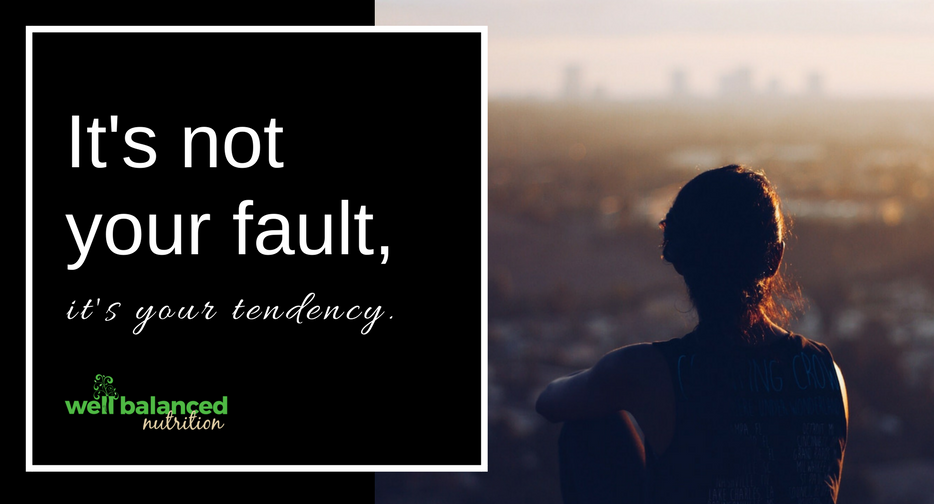
by Lucy | Jan 28, 2018 | Well Balanced Wisdom
Have you ever really wanted to do something, like create a new habit, but try as you might you inevitably let yourself down? It’s a frustrating cycle. You want something, so you work for it but fail. Still wanting to form the habit, you try again this time with a little less confidence because of your past attempt that didn’t work out. That lack of confidence can hinder your performance, and you fail a second time. And on it goes.
What if I told you that your failure wasn’t your fault, it was your tendency?
Years ago, when I was completing my internship, I was labeled by my preceptors as a self-starter. I wanted to become a dietitian, and I knew I needed to gain approval of my preceptors to graduate from the internship. I loved learning about nutrition, and I was held accountable for my work through evaluations and deadlines. I didn’t know it then, but the fact that I had someone else evaluating was a major key to my success.
Fast forward to the present. I still love learning new things about nutrition, and I am still a “self-starter,” but finishing something is a different story. For instance, I buy a lot of books and eagerly read through the first chapter or two vowing to myself that I’m going to read a little bit each week. Inevitably, something always comes up that I do instead. Even though I want to read the book, it feels much more natural and compelling to complete the latest task my client requests or help a friend solve a problem. So, the book sits there unread for weeks, months, years even.
It wasn’t until I started a book club that I could finish a book I wanted to read.
Why can I read a book for a book club but not on my own?
Because of my tendency.
The four tendencies and how they can change the way you think about yourself.
According to Gretchen Rubin, people fall into one of four tendencies depending on how they respond to expectations – you know the things you can’t avoid, nowadays known as “adulting.”
Finding out what tendency you fall under can break you free from the cycle I mentioned above, see yourself in a different light, and help you accomplish the things you want to (or need to) do in life.
The four tendencies:
- Upholders meet inner and outer expectations. They love rules, having a clear plan and are self-motivated and disciplined. Just tell them what needs to be done, and they’ll lead the way.
- Questioners meet expectations that make sense to them. They need to see purpose and reason in anything they do. If you make it clear why something is important, chances are they will get it done.
- Obligers meet other peoples’ expectations easily but struggle with inner expectations. The must be held accountable by a friend, coach or boss to get things done. They thrive when they have a sense of duty and can work in a team.
- Rebels defy both outer and inner expectations. Above all, they want to be free to choose and express their individuality. The best way to motivate them is to give them the facts, present the task as a challenge and let them decide without pressure.
Perhaps you can quickly identify yourself in one of these categories. You may also want to take the quiz to find out for sure.
When you know your tendency, you can see yourself in a new, more positive way.
After finding out that I will always gravitate toward meeting outer expectations (like from my internship director and preceptors that were grading me), I suddenly knew how to succeed and why meeting the needs of my clients and friends is so easy for me to do. I stopped blaming myself for being lazy or unmotivated. I stopped feeling like such a failure because I couldn’t achieve my goals. Knowledge is power, and now that I know I’m an obliger, I can set up external accountability (like a book club) to follow through with the things I set out to do.
Food for thought. Tell us in the comments below:
Have you been beating yourself up over something that you couldn’t accomplish?
What will YOU do differently now that you know about your tendency?
Homework:
If you haven’t read the Four Tendencies or Better Than Before by Gretchen Rubin, we highly recommend that you do. Lucy and I have been so enlightened by these books that we’ve thoroughly woven Rubin’s concepts into the way we teach and think about well-balanced living.



